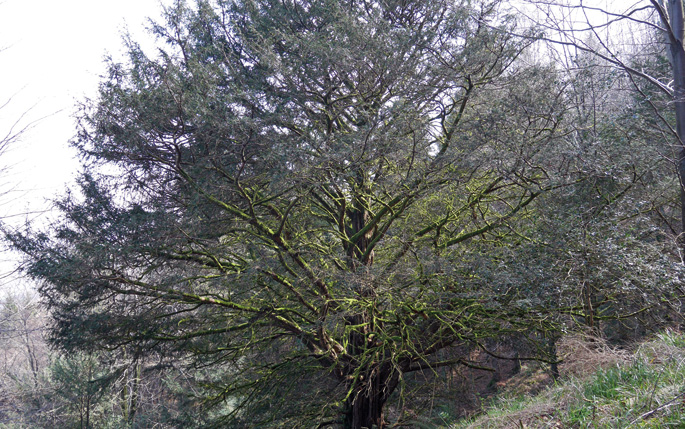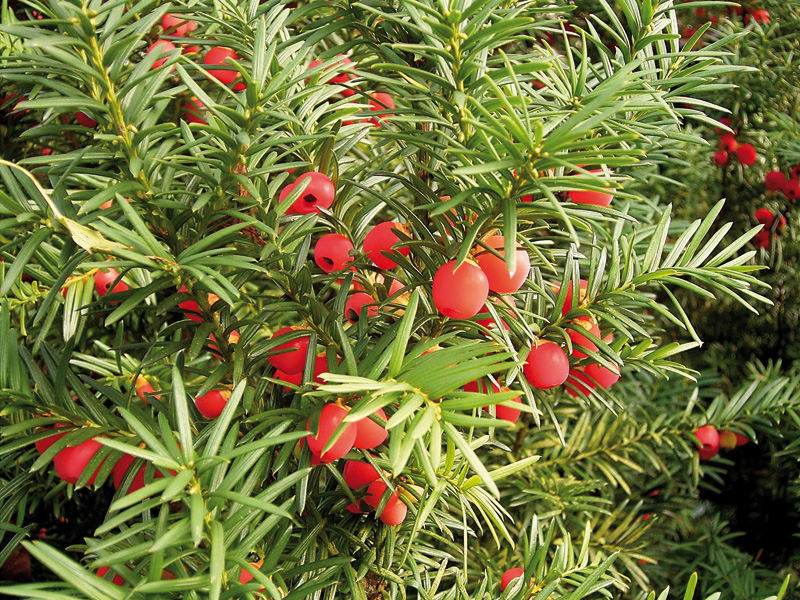
From Ayala you will soon reach Pagoeta. We've found the sea in front of us from this green landscape. “Here are the molars in paradise: in an area of high humidity, but at the same time with warm temperatures on the coast,” explains Antxon Gómez, forest guard of the park. The tile is a species from the jurassic. After the last glaciation (between 110,000 and 10,000 years), the rains dropped throughout Europe spread the tile to the entire continent. With climate change, it began to recede to other species, but in our case, precipitation and humidity levels were maintained: optimal conditions for the tile. When humans started clearing the grazing areas, the cuts helped beech and damaged oak, tile and other species.
Key to the end of feudalism
The greatest harm that humans have done for centuries to the spread of the vagina was, however, that of the arms industry. In the Middle Ages, the Welsh people invented a special arc made of sardine. This arc was used in the War of the Hundred Years and 80% of the French nobility was cast in one battle: “That would be the beginning of the end of feudalism.” Faced with this situation, the British began to use these arches massively and destroyed dental populations throughout Europe. The species, at that time, was not at its best, and rhythm cuts in many places prevented recovery.
In the shield of Gipuzkoa
Contrary to the general trend, Pagoeta, which also hosts the counties of Aizarna and Hernio, is in the process of recovering the tile and is one of the most important populations of the Peninsula and Europe. Why? When in the 1950s the Provincial Council of Gipuzkoa bought the Pagoeta estate, the then technician, because the tile was in the coat of arms of Gipuzkoa, decided not to cut the pieces. “In most places they were cut, or livestock moved, making it difficult to recover the tree. In few places the conditions have been given here” says Gómez.
“Recently came to visit it a group that had been in most peninsular tile forests, and they didn’t know they had one of the largest populations next to their houses.” It is therefore time to spread this ecological heritage and to value the teeth of Pagoeta and its surroundings!
Denture. The yew, Taxus baccata, can proliferate without the need to use seeds. Outbreaks of the ends of the branches are able to transform and produce new plants such as hips. Since the corner is nothing more than a fragment of the “mother” plant, the new plant that emerges... [+]
If you're able to create a tile, you have the ability to make a world for thousands of years. Yes, the tile (Taxus baccata) acquires the patience of living thousands of years. During these thousands of years, many worlds will live around the tooth: birds, insects, plants,... [+]













